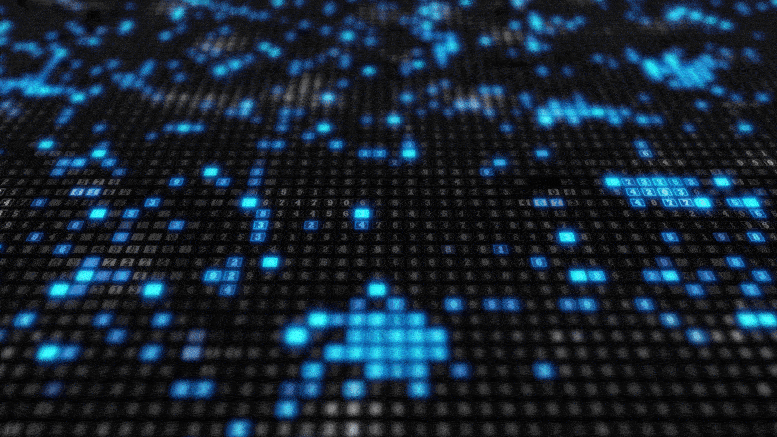
Error suppression opens pathway to universal quantum computing.
A scientist at the University of Sydney has achieved what one quantum industry insider has described as “something that many researchers thought was impossible.”.
Benjamin Brown from the School of Physics has developed a type of error-correcting code for quantum computers that will free up more hardware to do useful calculations.
Benjamin Brown is a Research Fellow at the University of Sydney Nano Institute and School of Physics.
Credit: University of Sydney.
His research is published today (May 22, 2020) in Science Advances.
Reducing errors in quantum computing is one of the biggest challenges facing scientists before they can build machines large enough to solve useful problems.
“Because quantum information is so fragile, it produces a lot of errors,” said Dr.
Brown, a research fellow at the University of Sydney Nano Institute.
Professor Stephen Bartlett leads the quantum information theory group at the University of Sydney.
Credit: University of Sydney.
Brown who also holds a position with the ARC Centre of Excellence for Engineered Quantum Systems.
Most of the building blocks in today’s experimental quantum computers — quantum bits or qubits — are taken up by the “overhead” of error correction.
Naomi Nickerson is Director of Quantum Architecture at PsiQuantum in Palo Alto, California, and unconnected to the research.
She said: “This result establishes a new option for performing fault-tolerant gates, which has the potential to greatly reduce overhead and bring practical quantum computing closer.”.
Michael Beverland, a senior researcher at Microsoft Quantum and also unconnected with the research, said: “This paper explores an exciting, exotic approach to perform fault-tolerant quantum computation, pointing the way towards potentially achieving universal quantum computation in two spatial dimensions without the need for distillation, something that many researchers thought was impossible.”.
In March he published a paper in top physics journal Physical Review Letters with colleagues from EQUS and the University of Sydney.
Professor Stephen Bartlett is a co-author of that paper and leads the quantum information theory research group at the University of Sydney.
“Our group at Sydney is very focused on discovering how we can scale-up quantum effects so that they can power large-scale devices,” said Professor Bartlett, who is also Associate Dean for Research in the Faculty of Science.
This type of progress will enable us to go from small numbers of qubits to very large numbers and build ultra-powerful quantum computers that will solve the big problems of tomorrow.”.
This research was supported by the University of Sydney Fellowship Program and the Australian Research Council via the Centre of Excellence in Engineered Quantum Systems (EQUS) project number CE170100009
For the PRL paper, access to high-performance computing resources was provided by the National Computational Infrastructure (NCI), which is supported by the Australian Government, and by the Sydney Informatics Hub, which is funded by the University of Sydney
I have been building fault tolerant computing systems for decades